I Swapped My Afternoon Snack With This One Food and Lost Belly Fat
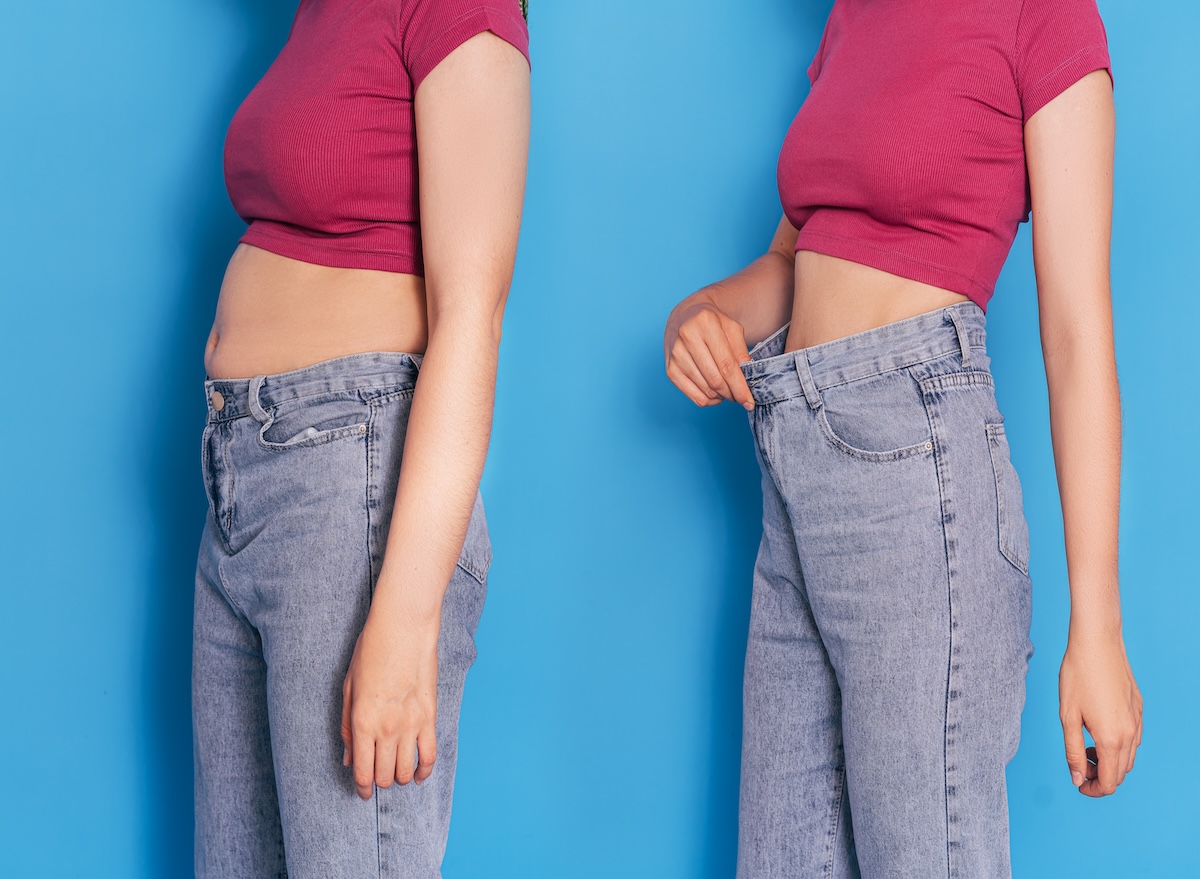
When done right, snacking can be healthy and help curb your appetite in between meals, but what you snack on matters. Filling up in junk obviously isn’t great for your overall well-being or weight management goals, but even when you think you’re eating healthy snacks, sometimes that isn’t enough to boost your nutrition and energy. Violeta Morris is an MS, RDN from Columbus, OH, The Concierge Dietitian and knows a thing or two about proper snacking but realized she wasn’t getting the full health benefits with her daily snack of fruit. After switching up her snack routine, Morris not only gained more nutrients, but reduced belly fat. Here’s how.
Why Snacking is Important

Hunger is not only uncomfortable, but a distraction from daily tasks, which is where snacking comes in. “Snacking is important because it helps maintain steady energy levels throughout the day without relying solely on large meals,” says Morris. “It can prevent major swings in blood sugar and keep hunger from building too much between meals, which reduces the likelihood of overeating later in the day.”
Snacking Can Go Wrong
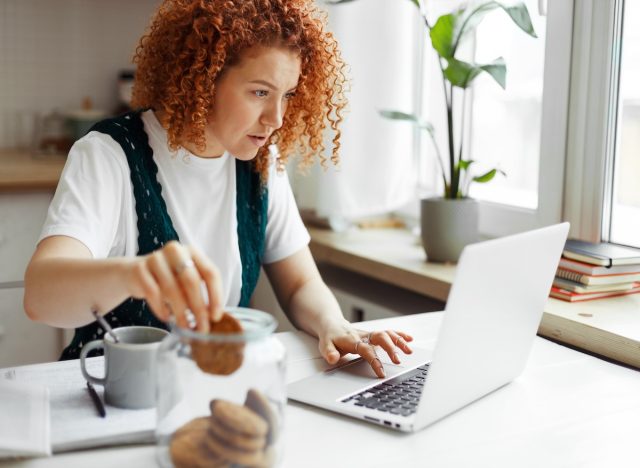
Snacking is supposed to help eliminate cravings and tide you over until your next meal, but it can often go in the wrong direction. “Snacking often goes wrong when it is unplanned, too frequent, or made up of foods that are high in refined carbohydrates or saturated fats,” says Morris. “These types of snacks can add unnecessary calories and cause blood sugar to spike quickly, leading to a crash that results in increased hunger, cravings, and changes in mood.”
Why Fruit Alone Wasn’t a Good Enough Snack
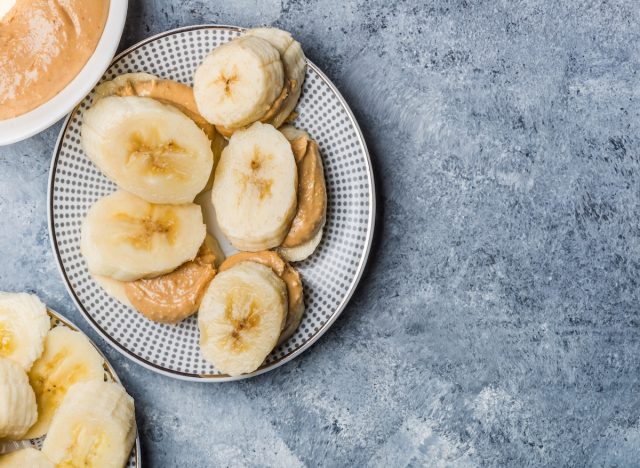
Fruit is touted as a healthy go-to snack, but there are things to be mindful of. “I used to snack too often on fruit alone, such as a banana or a bowl of watermelon,” says Morris. “While fruit is nutrient-rich, I noticed—through wearing a continuous glucose monitor—that my blood sugar would spike soon after eating it by itself.” She explains, “Although I do not have diabetes, I realized that glucose levels affect how everyone feels. As a dietitian, I support eating fruit for its antioxidants and nutrients, but I recommend consuming it after a meal or pairing it with protein or healthy fat to minimize spikes. Morris adds “This small change also helped me avoid unwanted weight gain and manage my last few pounds I wanted to lose more effectively.”
What to Pair Fruit with for a Healthy Snack
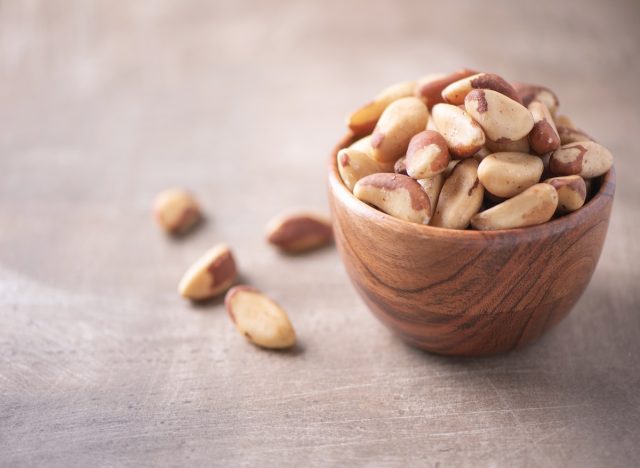
Being strategic about how and when she ate fruit gave Morris the upperhand with snacking. “I didn’t eliminate fruit entirely, instead, I paired it with a handful of Brazil nuts or almonds before eating the fruit,” she explains. “This gave me the vitamins, minerals, and antioxidants from the fruit while also adding protein and healthy fats from the nuts.” She adds, “This combination made the snack more balanced and helped prevent blood sugar spikes.”
How the Change in Morris’ Snacking Habits Helped Her Lose Belly Fat
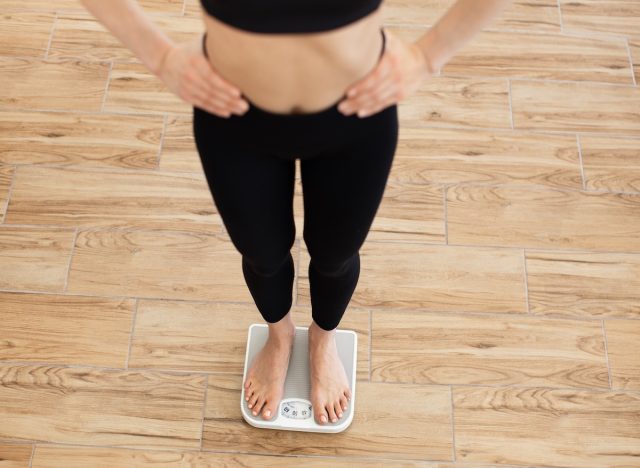
“By being intentional with snacks—aiming for at least 10 grams of protein along with fiber and healthy fats—I stayed full longer and avoided rapid glucose spikes,”Morris says. “Limiting these spikes reduces the number of times insulin is released throughout the day, which can help the body reduce belly fat and overall weight over time.”